First, the nosepiece should be removed from the body of the Broome-style restrainer by loosening the screw. Position the restrainer so that the slit that runs the entire length of the tube is facing up. Hold the subject by the base of the tail and gently introduce the subject to the restraint device.
Note: Hind limbs should be introduced first. Furthermore, it is always beneficial to place the animal on a smooth surface to expedite its placement into the Broome-style restrainer.
Once the subject is introduced securely, the nosepiece is placed in the groove and tightened so that the open end is sealed. Ideally, the nose of the subject should be projected at the center of the nosepiece. Caution: To avoid suffocation caused to the subject, the nosepiece should not be over-tightened.
Our Broome style restrainer is exceptionally advantageous:
- Minimum handling is required; once the subject is secured, the experimenter can simply immerse the tail in warm water for vasodilation.
- Minimum stress evoked in subjects; the Broome style handler calms the animals as they will not try hard to escape as an escape is blocked.
- The cylindrical design impedes the movement of the rodents once they are safely secured within the restrainer.
- Equally favorable for injection delivery and blood sampling techniques.




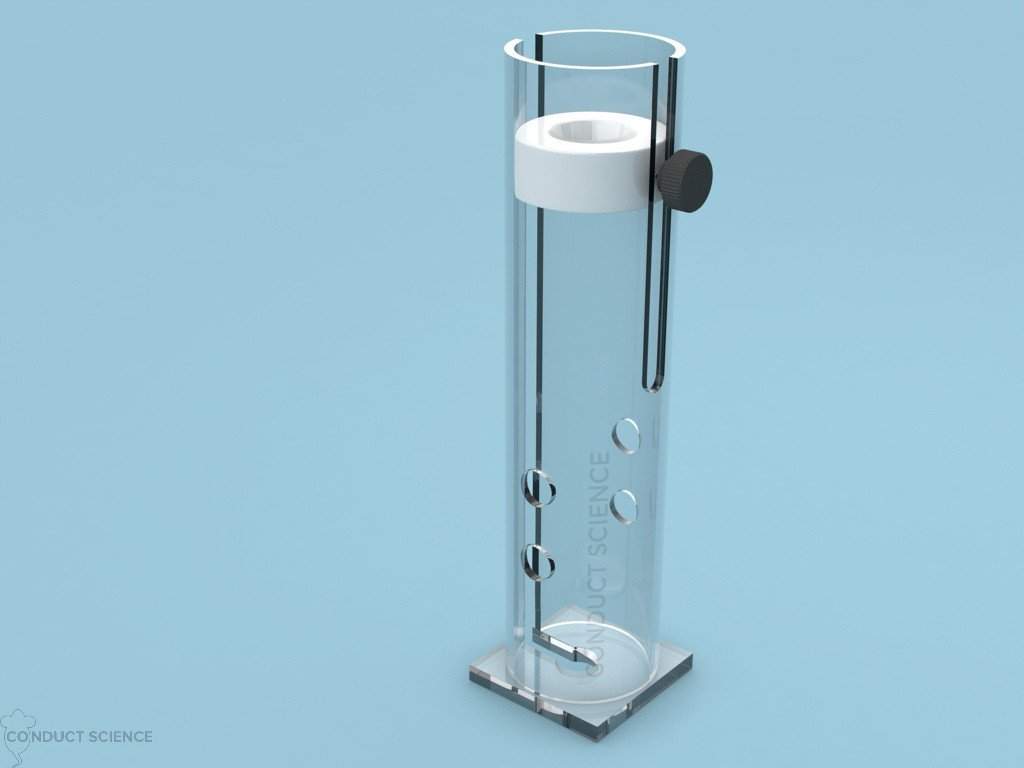






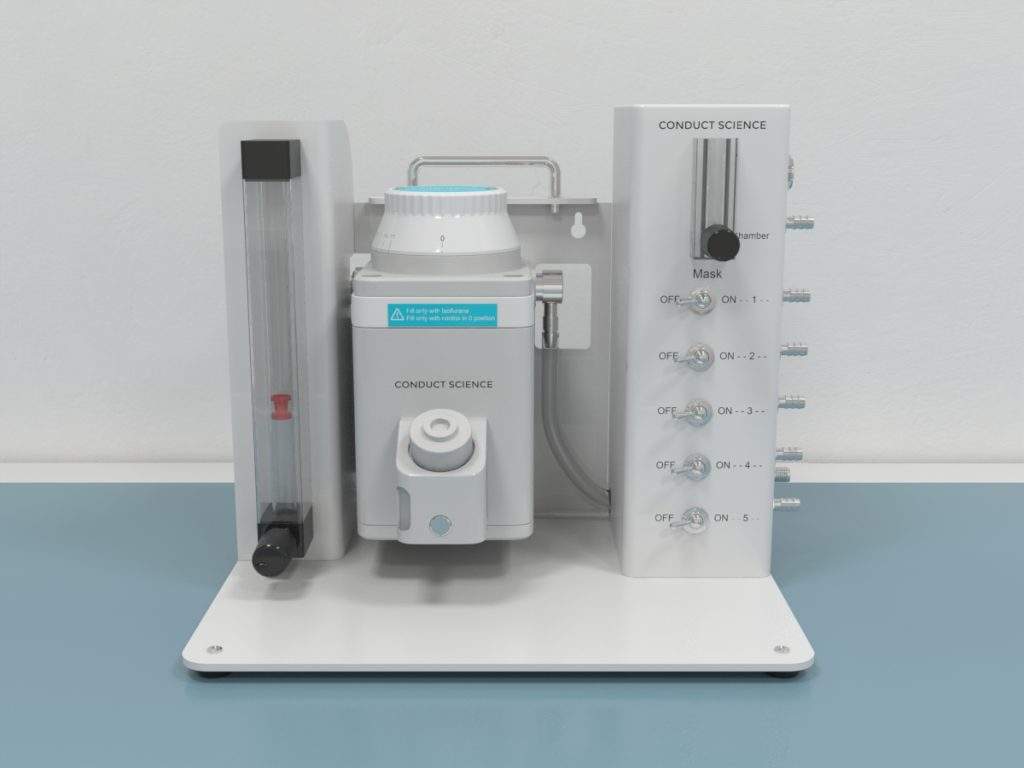

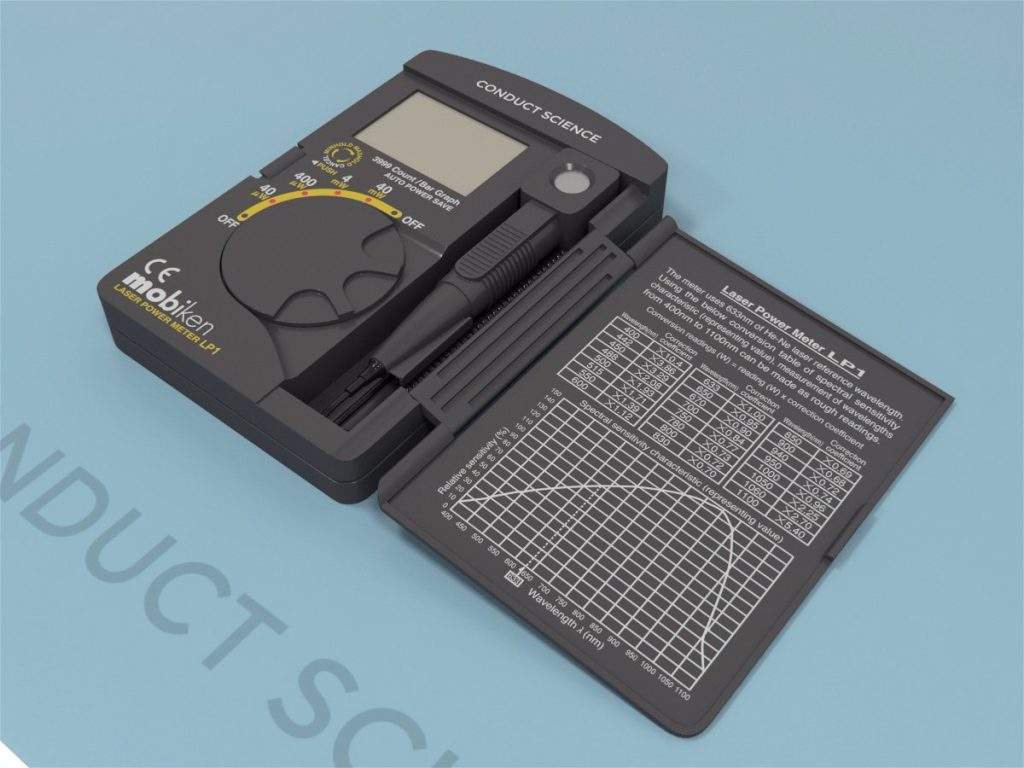












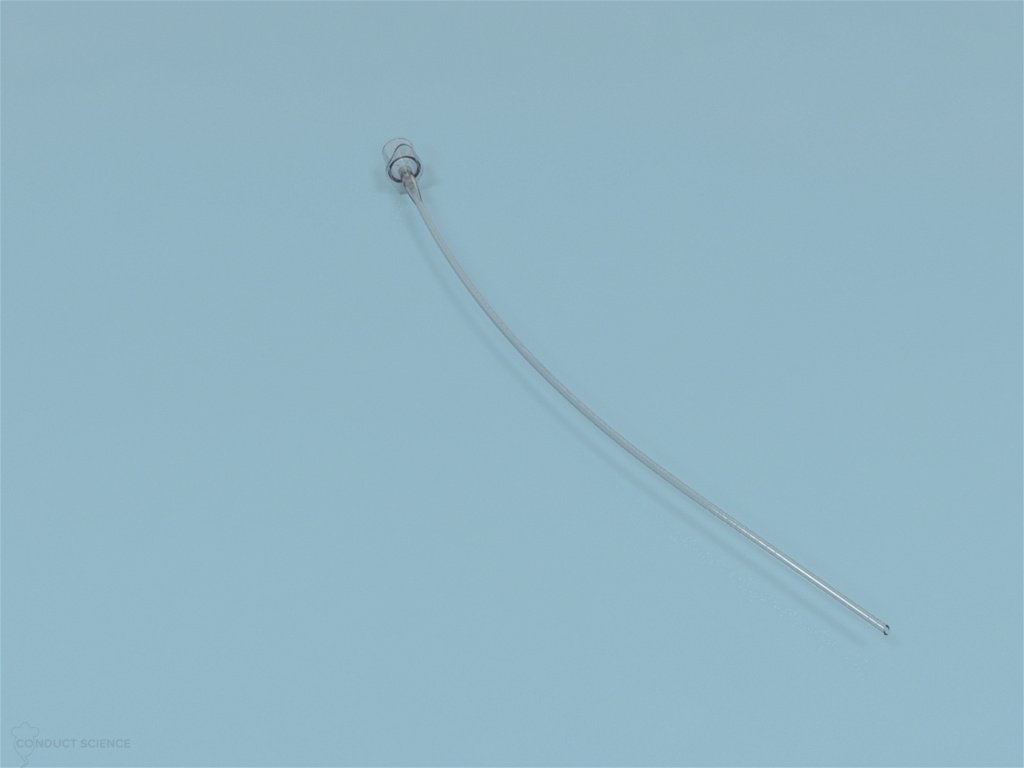




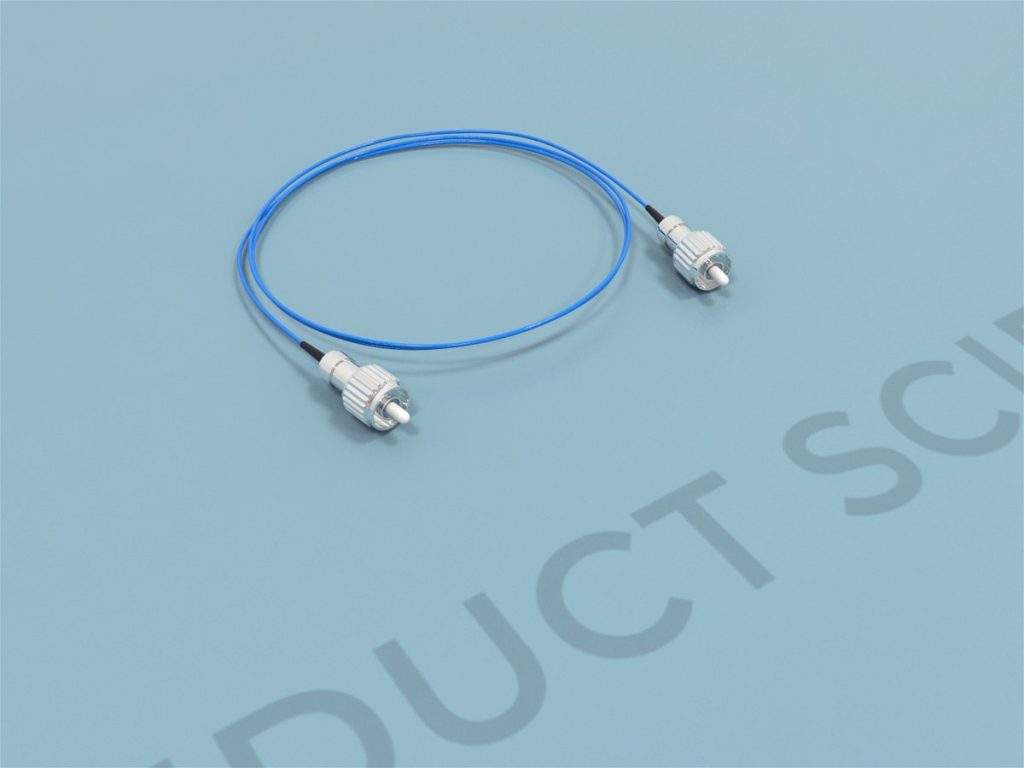



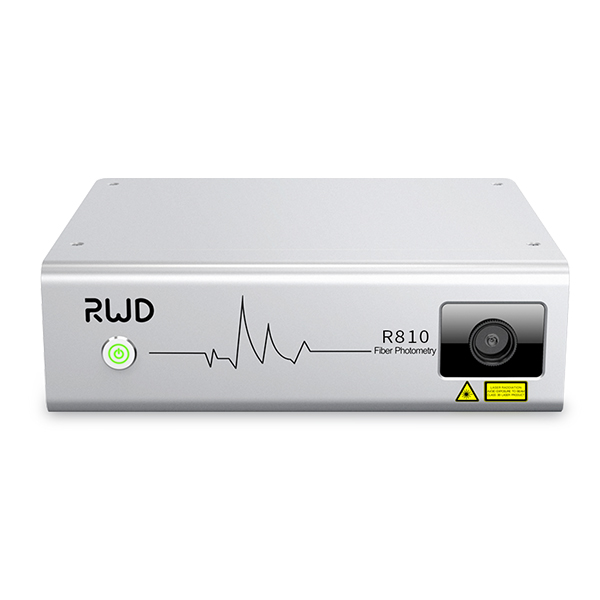





























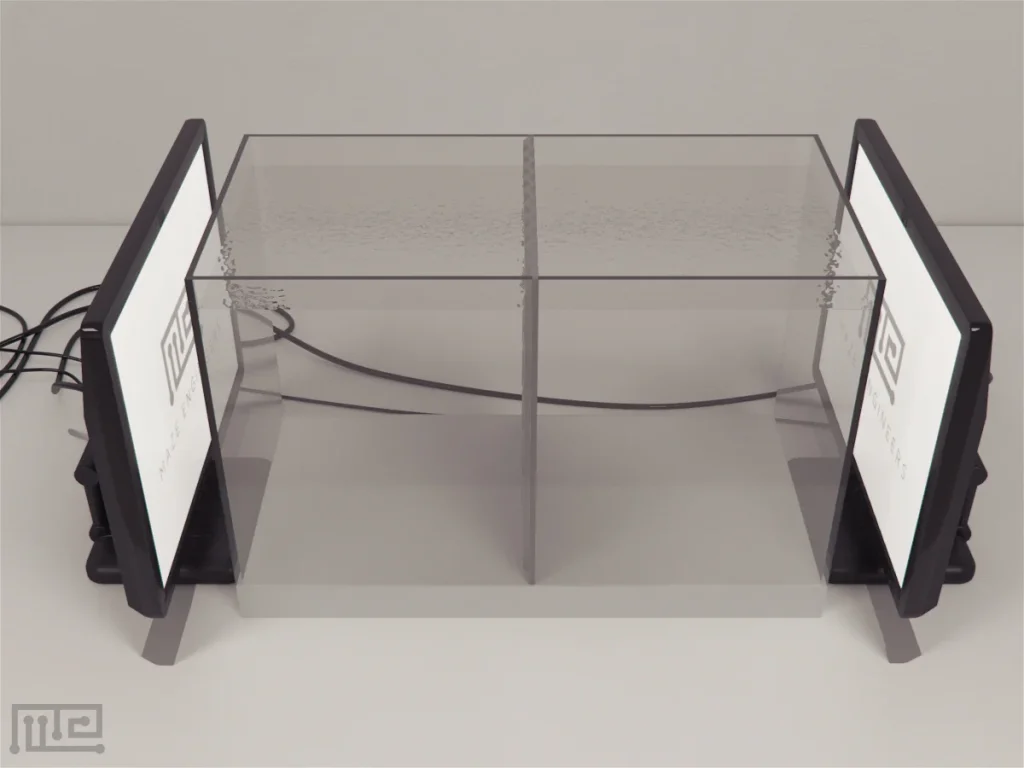


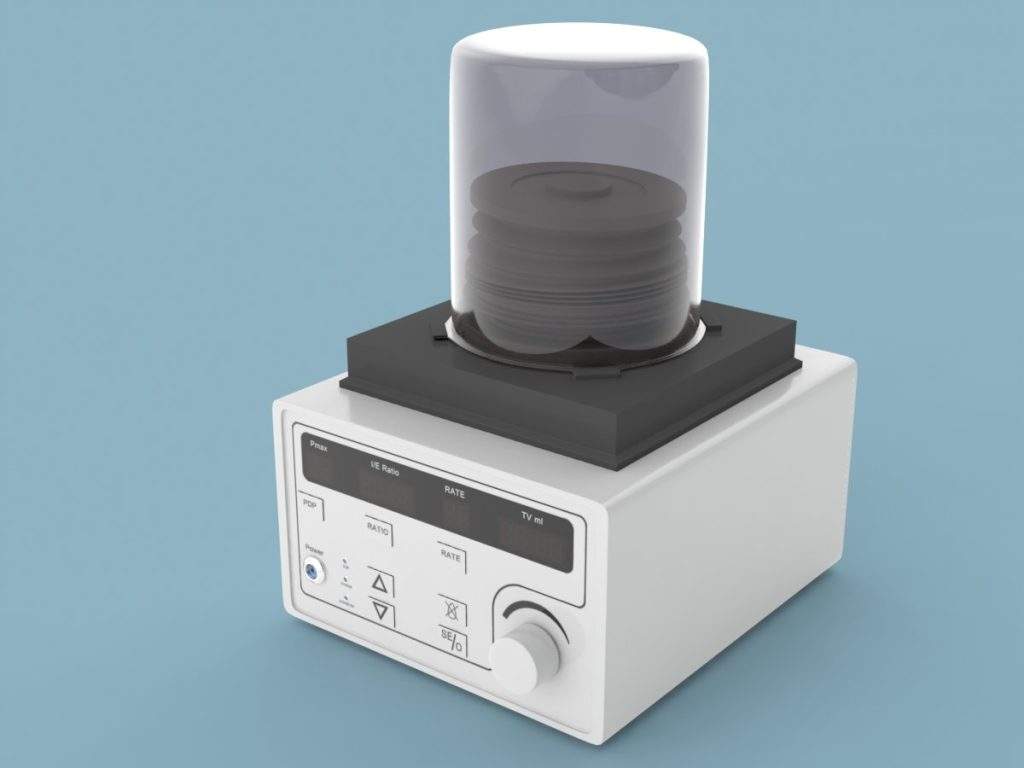


















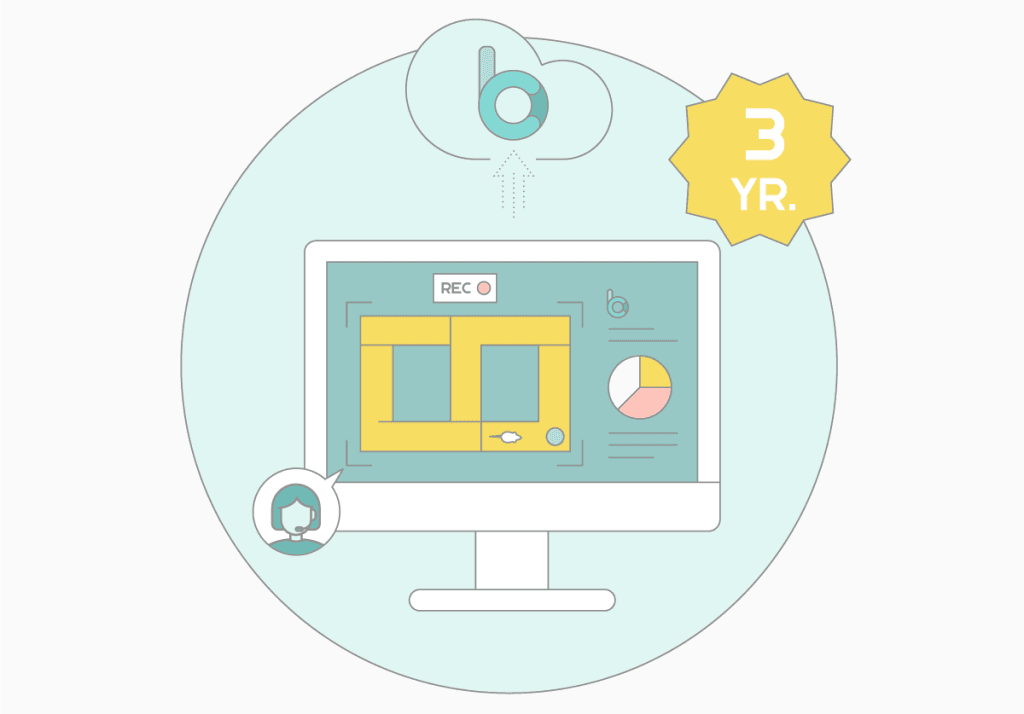















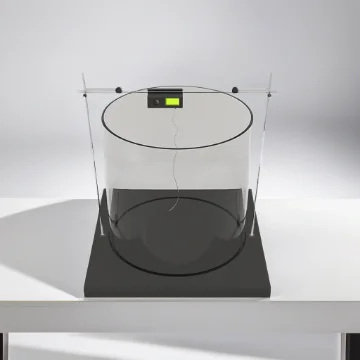
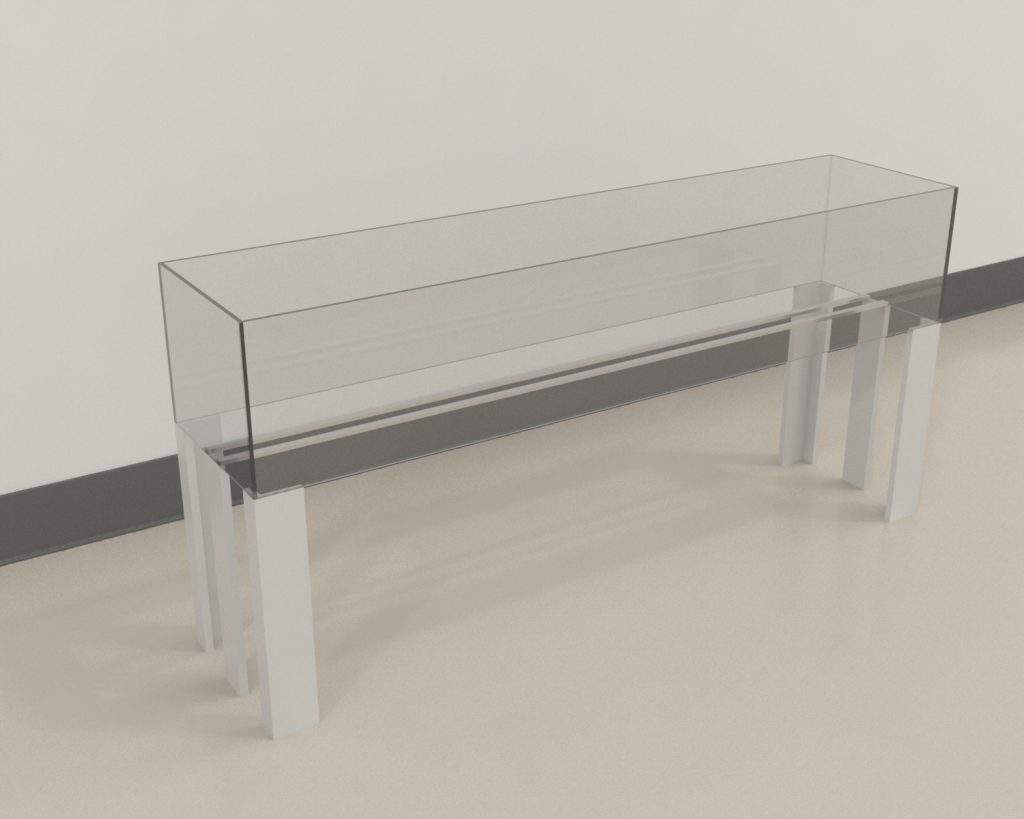


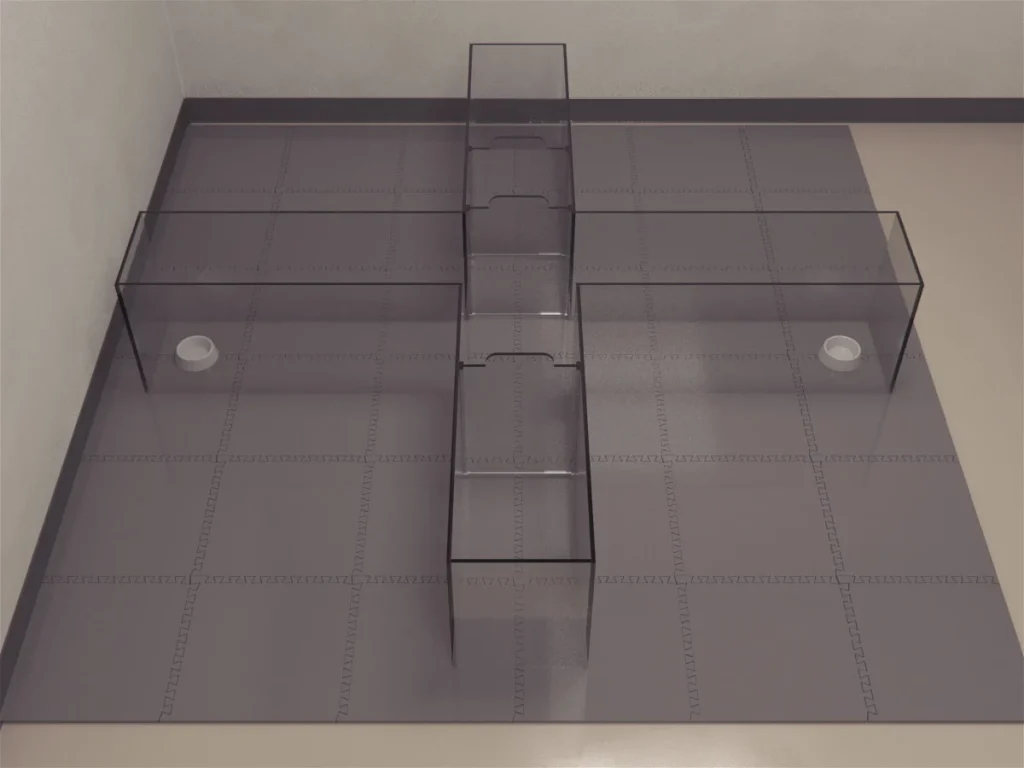
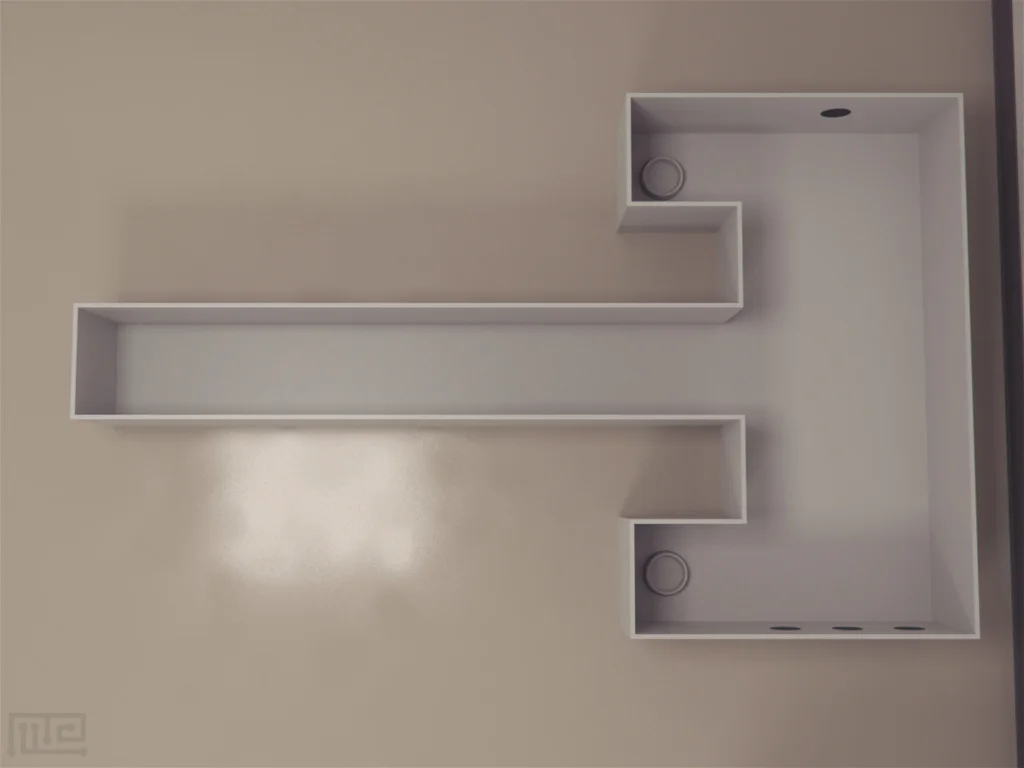
























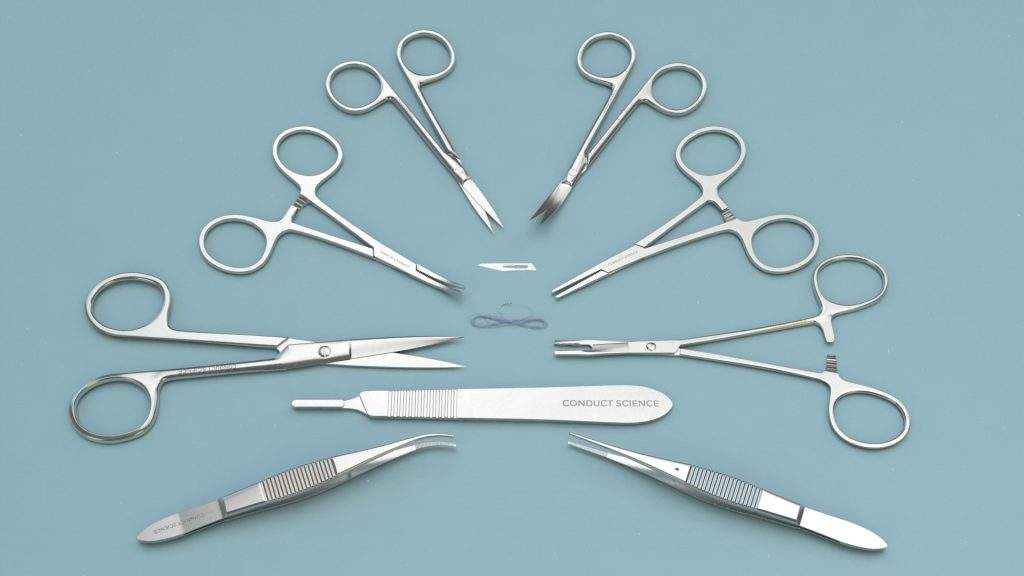







Reviews
There are no reviews yet.